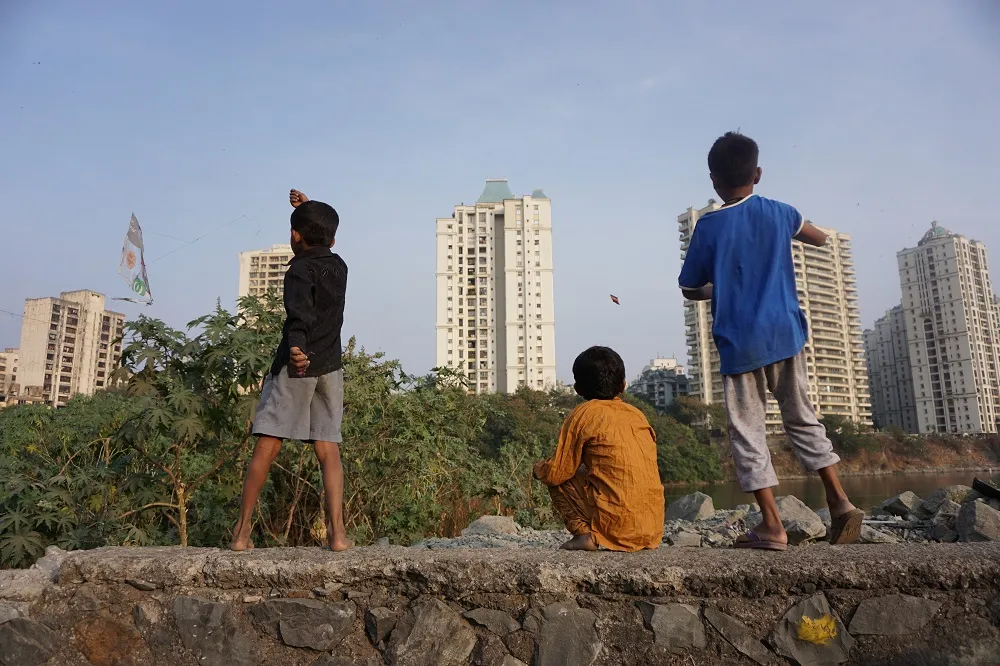Now Reading: Misconceptions About Foreign Countries
-
01
Misconceptions About Foreign Countries
Misconceptions About Foreign Countries

Many people dream of visiting foreign countries, imagining a life full of ease, luxury, and opportunities. For travelers from Tier-2 cities, these perceptions are often shaped by movies, social media, and hearsay. However, the reality abroad is far more complex. Understanding the misconceptions can help set realistic expectations and make international experiences more enriching and meaningful.
One common misconception is that life abroad is stress-free. While certain conveniences exist, every country has its own challenges. Work pressures, cost of living, cultural adjustments, and bureaucracy can create stress just as much as in India.
Another myth is that foreign countries automatically offer better quality of life. Education, healthcare, and social benefits vary widely, and living comfortably often requires planning, effort, and adaptation. The glamour seen online rarely reflects the daily grind that locals experience.
People also assume that language barriers are easy to overcome. Even in English-speaking countries, accents, local slang, and cultural references can create communication challenges. Misunderstandings can occur frequently, and learning to navigate them is a key part of living abroad.
Safety is often misunderstood as well. Some countries are perceived as completely secure, but crime, scams, or social tensions exist everywhere. Travelers and residents need awareness and caution, no matter how “safe” a place seems.
The lesson is that foreign countries are neither perfect nor uniformly easy to live in. They offer opportunities, exposure, and experiences, but success abroad depends on preparation, adaptability, and an open mindset. Dispelling misconceptions helps travelers from Tier-2 cities approach international experiences with curiosity, realism, and respect

























